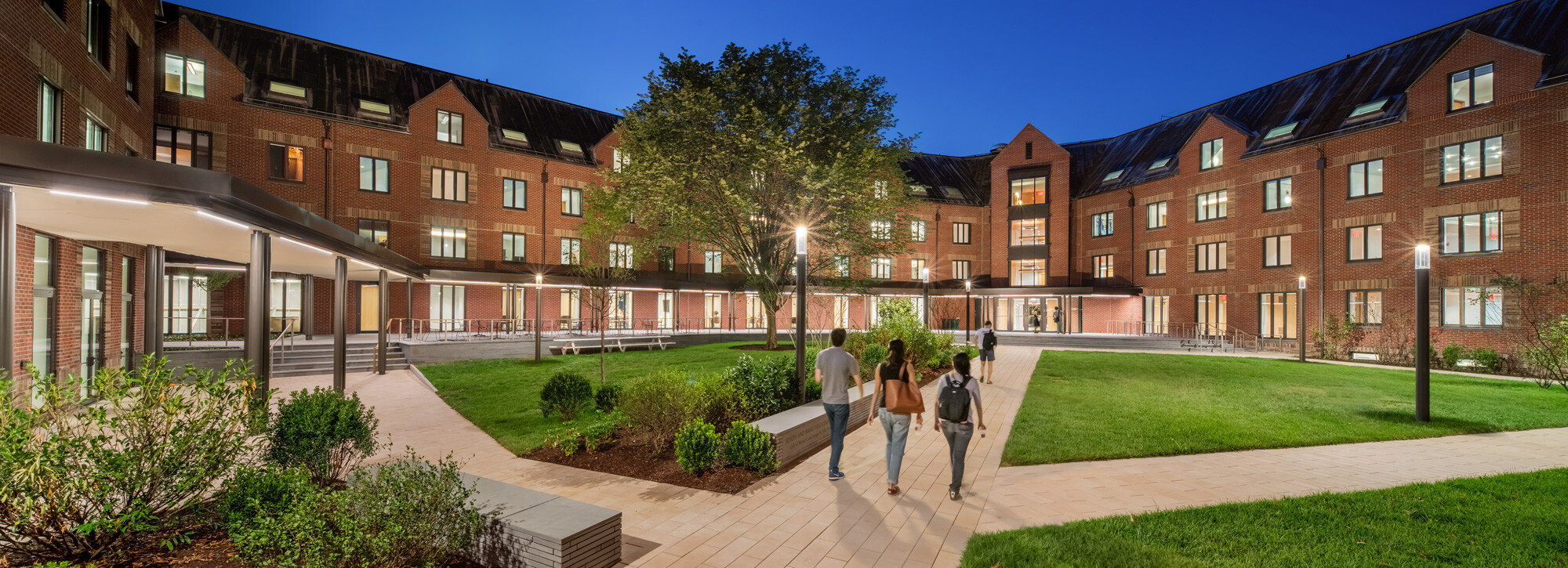Expanded Offerings and Limited Space
The Law School has grown and evolved since 1931, when the life of the School was largely confined within the walls of the Sterling Law Building, which, when it opened, offered residential living for 219 people.
In 1931, the Law School was home to one student journal and one student organization. Today, the School supports nine journals and more than 50 official student organizations—in addition to more than 30 clinics and numerous interdisciplinary centers and programs. Over the last half century, the faculty has grown by 36 percent (plus additional adjuncts, fellows, and visiting lecturers), and the number of classes by 56 percent.
Services that did not exist in previous eras are now assumed as standard for American law schools, such as offices of financial aid and career development. These offices require new or reconfigured spaces, as do new faculty members, interdisciplinary centers, clinical offices, and student journals and organizations.
In the fall of 2011, the Law School took an initial step toward expanding beyond the walls of the Sterling Law Building, relocating a small number of administrative offices and seminar rooms to the fourth floor of the building that will now be transformed into Baker Hall. Until then, Yale was the last of the leading law schools in the country to have maintained its original footprint.
Residential Living
The Law School’s growth over the past century has meant a gradual loss of residential living, which for scores of alumni was an essential and formative aspect of their legal education. By 1990, the number of beds in Sterling Law Building had decreased to 158 and—following extensive renovations to the building in the early 1990s—to 56 by 2001. In 2007, the final year that the Sterling Law Building included student residences, there were 23 beds.
With the completion of Baker Hall, the Law School will once again be able to offer the residential experience to a new generation of students, with one- and two-bedroom suites just steps from the Sterling Law Building. Baker Hall will also be home to the three-tiered Hurst Student Center, a two-story lecture hall, a series of seminar and meeting rooms, the spacious Field Courtyard, and offices for several of the Law School’s innovative interdisciplinary centers and programs.
